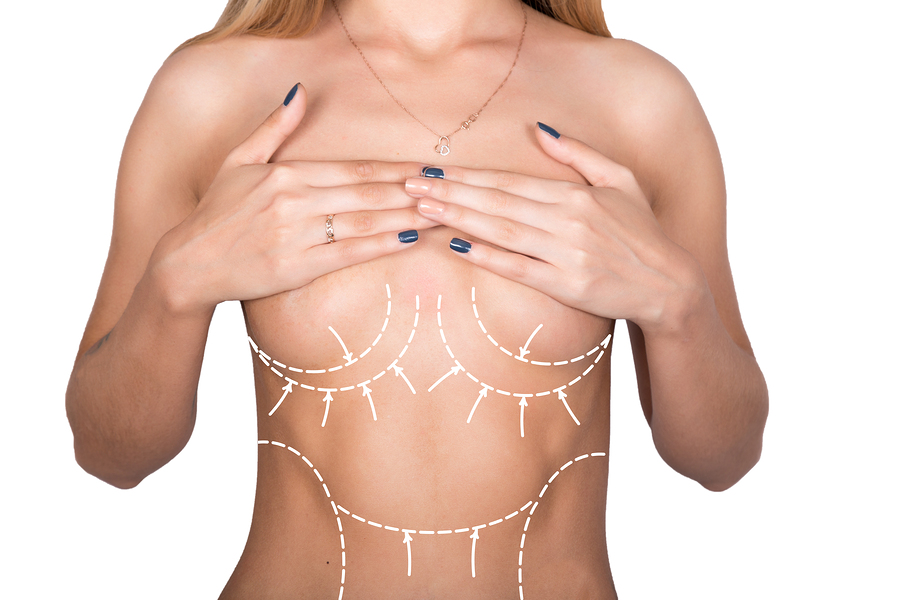
 When patients seek plastic surgery, they’re usually looking for a solution to an understandable problem area. A tummy tuck for a new mom, liposuction for a mid-40s account executive, or breast augmentation for college graduate — these are all related to common modern concerns.
When patients seek plastic surgery, they’re usually looking for a solution to an understandable problem area. A tummy tuck for a new mom, liposuction for a mid-40s account executive, or breast augmentation for college graduate — these are all related to common modern concerns.
Sometimes however, a patient wants their doctor to take one more look at an area that already has benefited from a procedure. They feel that if they could get just a bit more (contour, reduction, or addition), they would be perfect and feel happy. Perhaps they are right; sometimes, however, this could be a sign of something deeper and more troubling.
Body Dysmorphic Disorder
For the 2% of the population who suffer from BDD, plastic surgery can become an obsession. These men and women see a real or imagined flaw on their body and obsess about it relentlessly. To their eyes, their body can never become any better.
No matter how other people perceive their looks, a person suffering from BDD can only see their own flaws. They will often have one body part operated on again and again, trying to achieve a perfection they can never find.
The American Society of Plastic Surgeons (ASPS) trains its members to spot BDD in their patients. Surgeons know to look for patients who have multiple surgeries on the same body part or who try to hide a past history of surgeries.
Protecting Our Patients
As plastic surgeons, it is our duty to protect our patients. While we want them to feel good about how they look, we are just as concerned about their emotional and mental state. We always keep our patients mental health and reasons for choosing plastic surgery in mind. We want to help you achieve your beauty goals safely.
Contact J. Hopkins Plastic Surgery for a consultation today at [phone].








